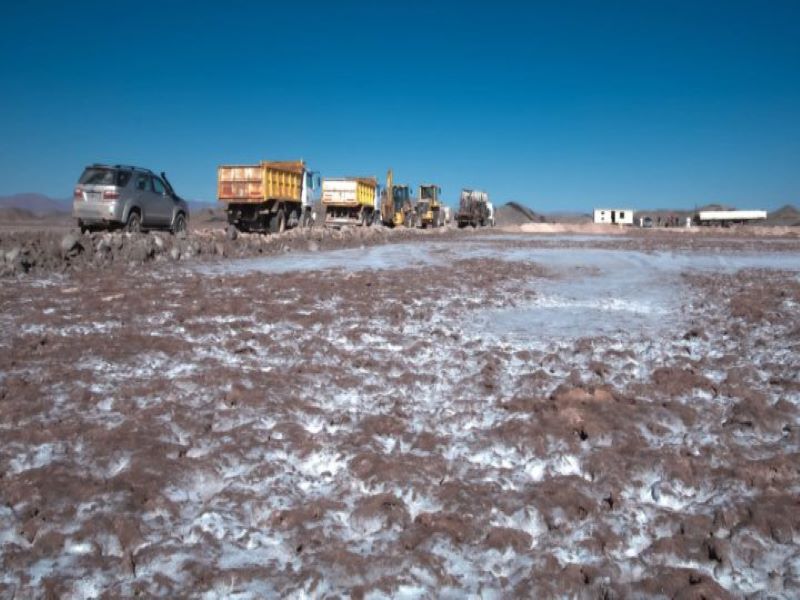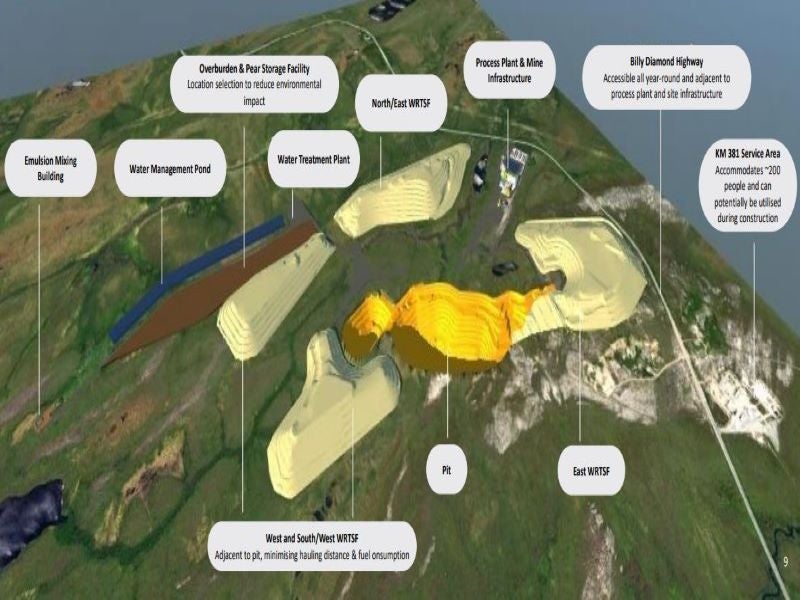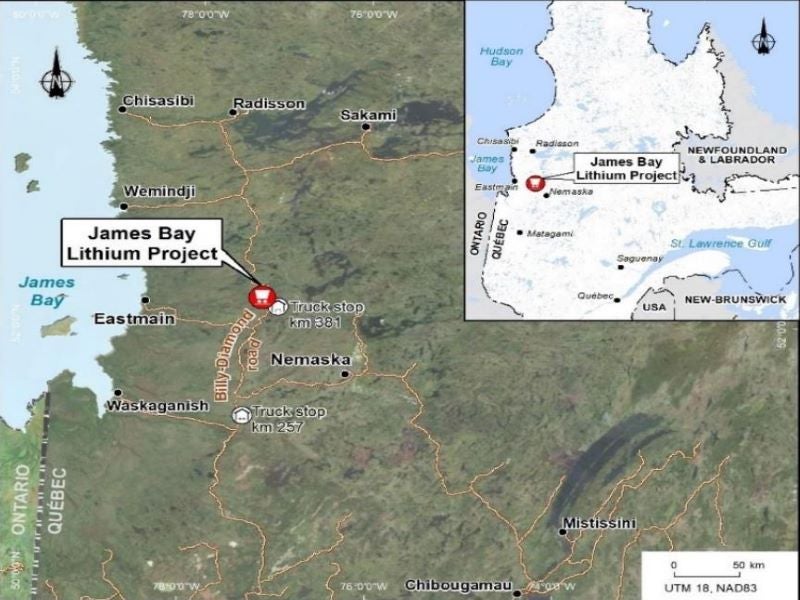The James Bay lithium project is a greenfield lithium mine proposed to be developed in the province of Quebec, Canada, by Allkem.
The project was initially owned by Australian mining company Galaxy Resources, which merged with Orocobre in August 2021. The company was rebranded as Allkem, following the merger.
A feasibility study for the project was completed in December 2021, which highlighted a sustainable operation with a 19-year life of mine (LOM) and an investment of approximately $286m. Construction of the open-pit mining project is estimated to begin during the third quarter (Q3) of 2022, while commissioning is expected in the first quarter (Q1) of 2024.
Project location and geology
The James Bay lithium project is located approximately 130km east of James Bay, a large water body located on the southern end of Hudson Bay in northern Quebec, Canada. It comprises 54 contiguous mining titles spanning about 2,164ha.
Situated within the Lower Eastmain Group of the Eastmain greenstone belt, the location primarily contains amphibolite grade mafic to felsic metavolcanic rocks, metasedimentary rocks, and minor gabbroic intrusions. Underlain by the Auclair Formation, it hosts sedimentary paragneisses that surround pegmatite dykes to the northwest and southeast. Mesozonal to catazonal migmatite and gneiss surround the Archean era greenstone rocks.
Mineralisation and reserves
The primary mineralisation at the James Bay lithium project is spodumene occurring in rich granitic pegmatites. The mineralisation is associated with microcline, albite, quartz, muscovite, tourmaline, lepidolite, and beryl.
The project’s mineral reserves are estimated at 37.2 million tonnes (Mt), with an average grade of 1.3% of Li2O (lithium oxide) as of December 2021.
Mining methods
The lithium project will utilise conventional open-pit mining methods involving drilling and blasting, and load and haul operations. The life of mine plan includes the mining of 37.2Mt of run of mine (ROM) feed ore at an average strip ratio of 3.54:1.
The pit design features a nominal face height of 20m with 10m-high double benches and berm widths of 9m. The pit extends approximately 2km northwest-southeast along strike with an average depth of 500m and a maximum depth of 260m.
The open pit is planned to be developed in phases to enable a smooth transition from lower strip rates during the initial years of production to higher rates towards the later part of the mine’s life.
The proposed primary mining fleet required for the operations include an electric hydraulic shovel with a bucket capacity of 8.3m³, a diesel hydraulic excavator with a bucket capacity of 6.3m³, up to nine 100t rigid frame haul trucks, three units of 10.7m³ front end loaders, and two drills.
The secondary equipment to be used to support the production fleet will include one-wheel dozers, three track dozers, two graders, and a water/sanding truck.
Ore processing
The processing plant is expected to have an annual throughput of 2Mt to produce a beneficiated concentrate of 6.0% Li2O concentrate with the option to increase recovery by reducing the product grade to 5.6%. The project is estimated to produce an average of 321,000 tonnes per annum (tpa) of spodumene concentrate.
The ROM ore will undergo three-stage crushing in a primary jaw crusher, as well as secondary and tertiary crushers. The crushed material will be mixed with a ferrosilicon slurry and then fed to dense medium separation (DMS) cyclones to produce a primary coarse and fine product. The slurry will enhance the gravity separation of the spodumene.
The primary coarse product from the DMS cyclones will feed secondary coarse DMS cyclones to achieve a high-grade concentrate recovery. The screen oversize from the secondary DMS cyclones will be re-crushed using a rolls crusher to enhance product recovery.
A secondary fine DMS circuit will be used to process the fine product from the primary DMS circuit. The fine underflow product will be processed through a fine DMS cyclone and the oversize is sent to the final product.
The concentrate product from the DMS circuits will be stockpiled before shipping to customers.
Project infrastructure
The project can be accessed via the paved Billy Diamond Highway, which is located adjacent to the site.
The power required for the process plant and other infrastructure will be supplied via a 69kV overhead line from Hydro-Quebec’s Muskeg substation to the Nemiscau substation located approximately 100km southwest of the property. Back-up power supply will be provided by diesel generators.
Raw water will be sourced from wells and treated to meet the potable water needs of the project.
Contractors involved
G Mining Services, a Canadian mining consultancy, was contracted to prepare the feasibility study and technical report for the project.
Petram Mechanica was engaged to perform the geotechnical assessment study to support the mine designs in 2018.
Golder Associates, an international consulting firm, was responsible to undertake the study related to the waste rock and tailings storage facility engineering.
WSP Canada, a professional services and engineering firm, performed the work packages for environmental and permitting work.
SGS Canada and Nagrom were engaged in 2011 and 2018 respectively, to perform metallurgical test work programmes at the James Bay lithium project. Wave International provided process plant engineering services for the project.






